The cannabis plant has been growing abundantly for thousands of years and is easily one of the most recognizable plants on earth due to the mass-stigmatization behind its spindly, serrated leaves.
With cannabis leaves adorning most ‘anti-drug’ propaganda posters and signs, it’s no wonder the cannabis plant developed a bad wrap!
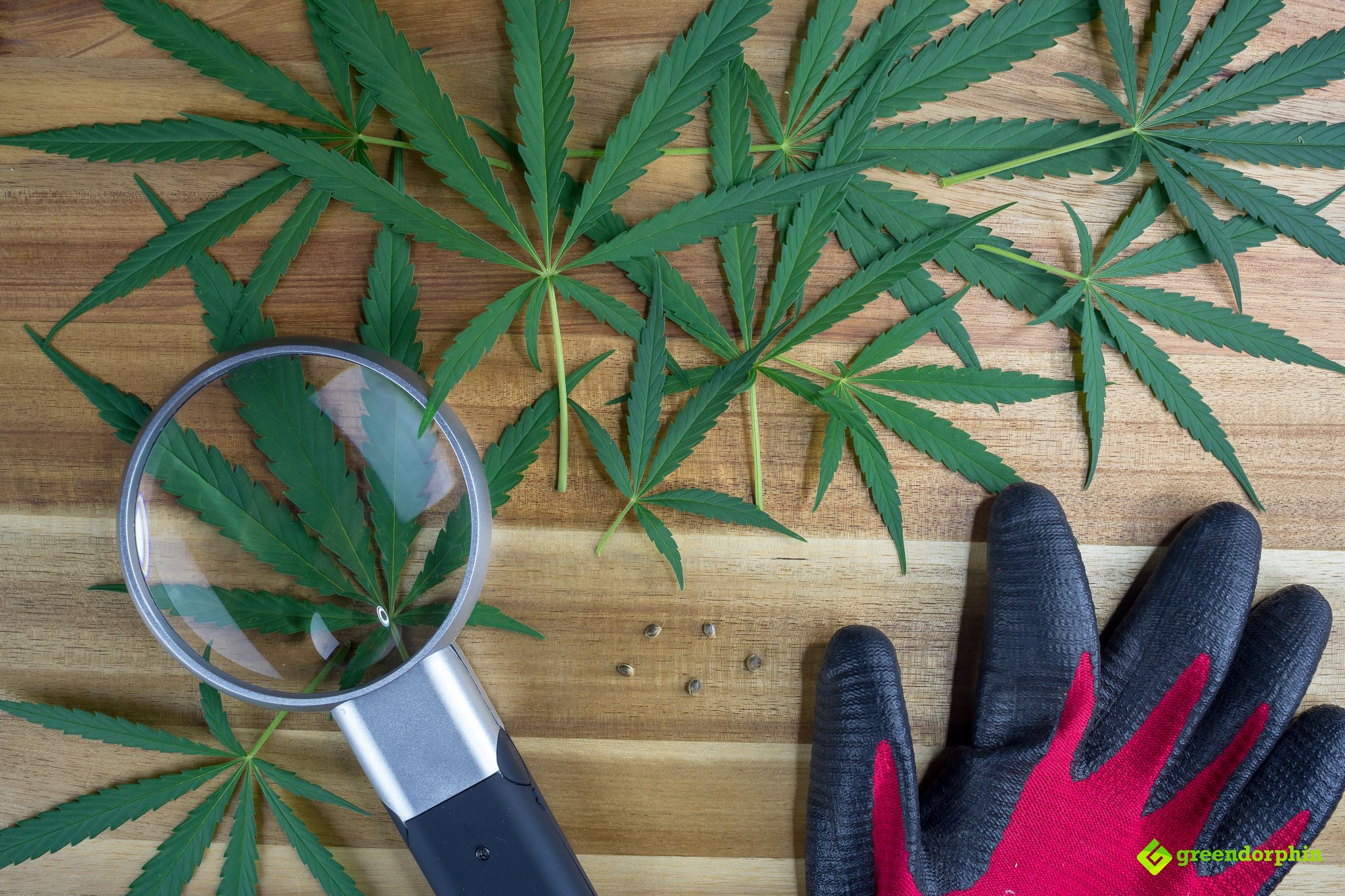
In its essence though, the cannabis plant (or Cannabis Sativa-L) is rather beautiful and unique, and its fibrous nature makes it one of the toughest pound-for-pound plants you’re likely to come across.
Read on to find out about the anatomy of the cannabis plant as we delve a little deeper into the role of each component.
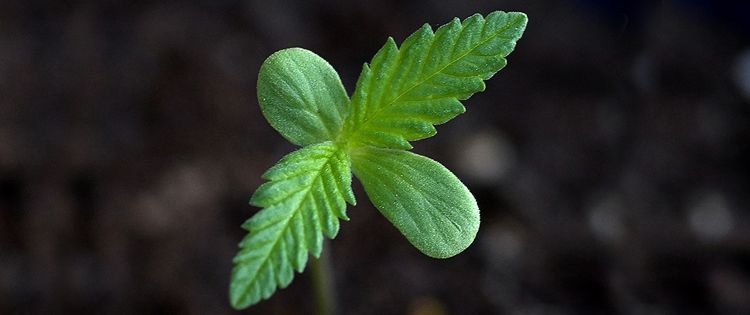
Seedling
At this stage, the cannabis plant is at its most pretty and petite. If you’re growing your weed from
Growing from seed is an awesome way to hunt for a unique phenotype or keeper, and it allows you to come up with something that’s really your own!
The anatomy of the cannabis plant differs depending on the genetic lineage the plant follows, with Indica-dominant varieties exuding fatter, stumpier leaves and buds and Sativa the opposite, but at this stage
Your seedling should start off with the two teardrop leaves that break out of the seed, followed by serrated leaves that will make up the rest of the plant until it begins flowering.

Early Vegetative Stage
When we’re talking about the life-cycle and anatomy of the cannabis plant, most people generally refer to it in two stages; vegetative and flowering.
During the vegetative stage, all of the nutrients and energy absorbed are directed towards vegetative growth, which is to say, the extended growth of stems and leaves.
The cannabis plant experiences upward nodal growth for extended periods, with each node beginning parallel to the branch opposite, and then switching to irregular nodal spacing in the flowering stage.
Most cannabis clones have two to four nodes of growth prior to being cut, meaning that the clone you’re receiving is far more developed than a seedling.
In this early vegetative stage, the anatomy of the cannabis plant consists entirely of the roots, the stalks, and the fan leaves.
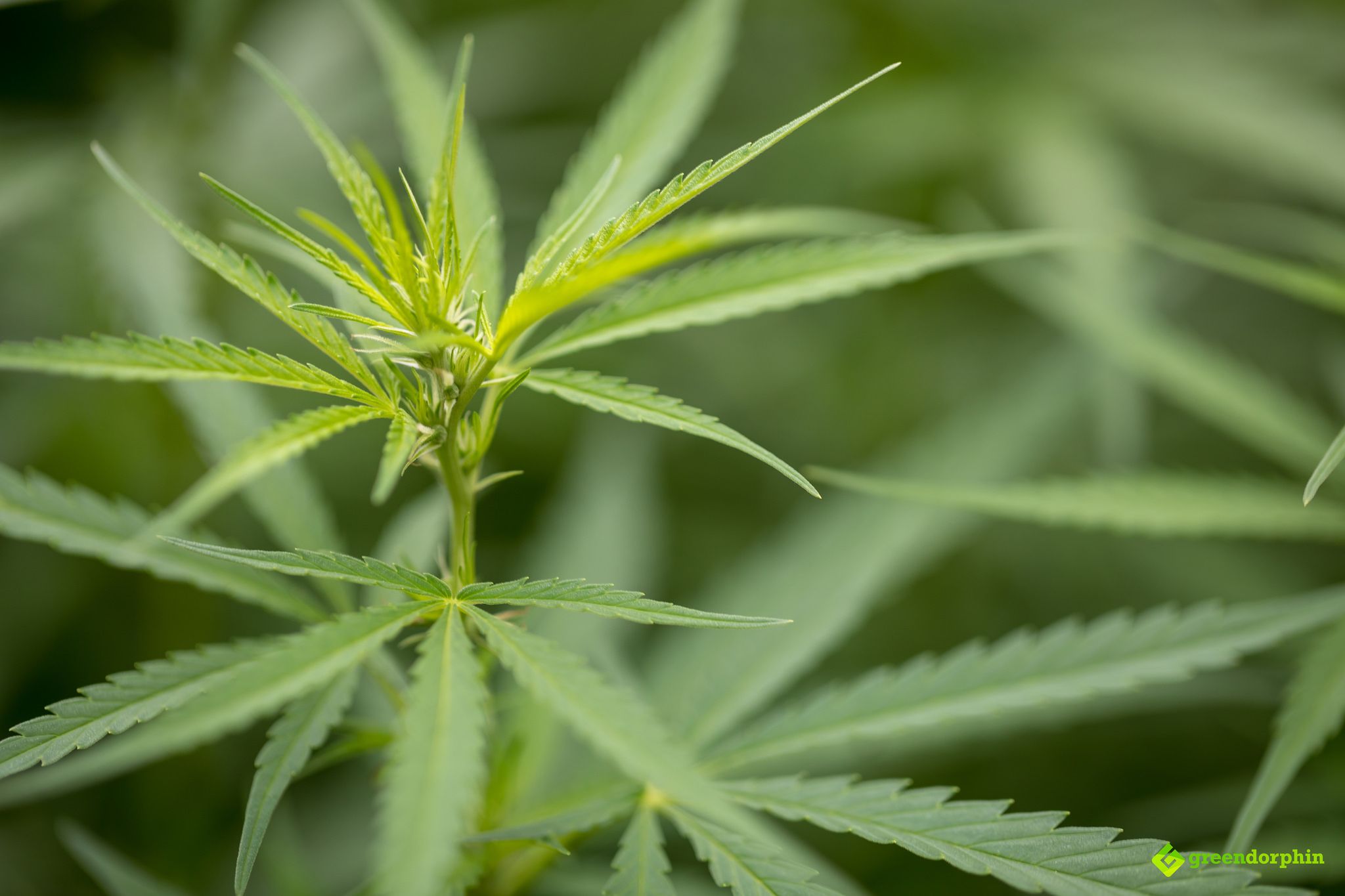
Late Vegetative/Early Flower Stage
At this stage, regular parallel nodal growth becomes irregular and the stalks and fan leaves will begin to sprout at different intervals.
The anatomy of the cannabis plant dictates that a plant will take on either a male or female form, with the male being used for its fiber
If your plant exhibits tiny white pistols, like the female plant above, it will be perfect for buds and is more than likely a pure female.
When the male plants aren’t segregated or pulled, they will interact with the female and result in a seeded bud. This can be good for breeding, but not for consuming.
The vast majority of the plant’s energy in the early flower stage is directed to stretching the ends of branches towards the light to aid in the development of the pre-flowers.
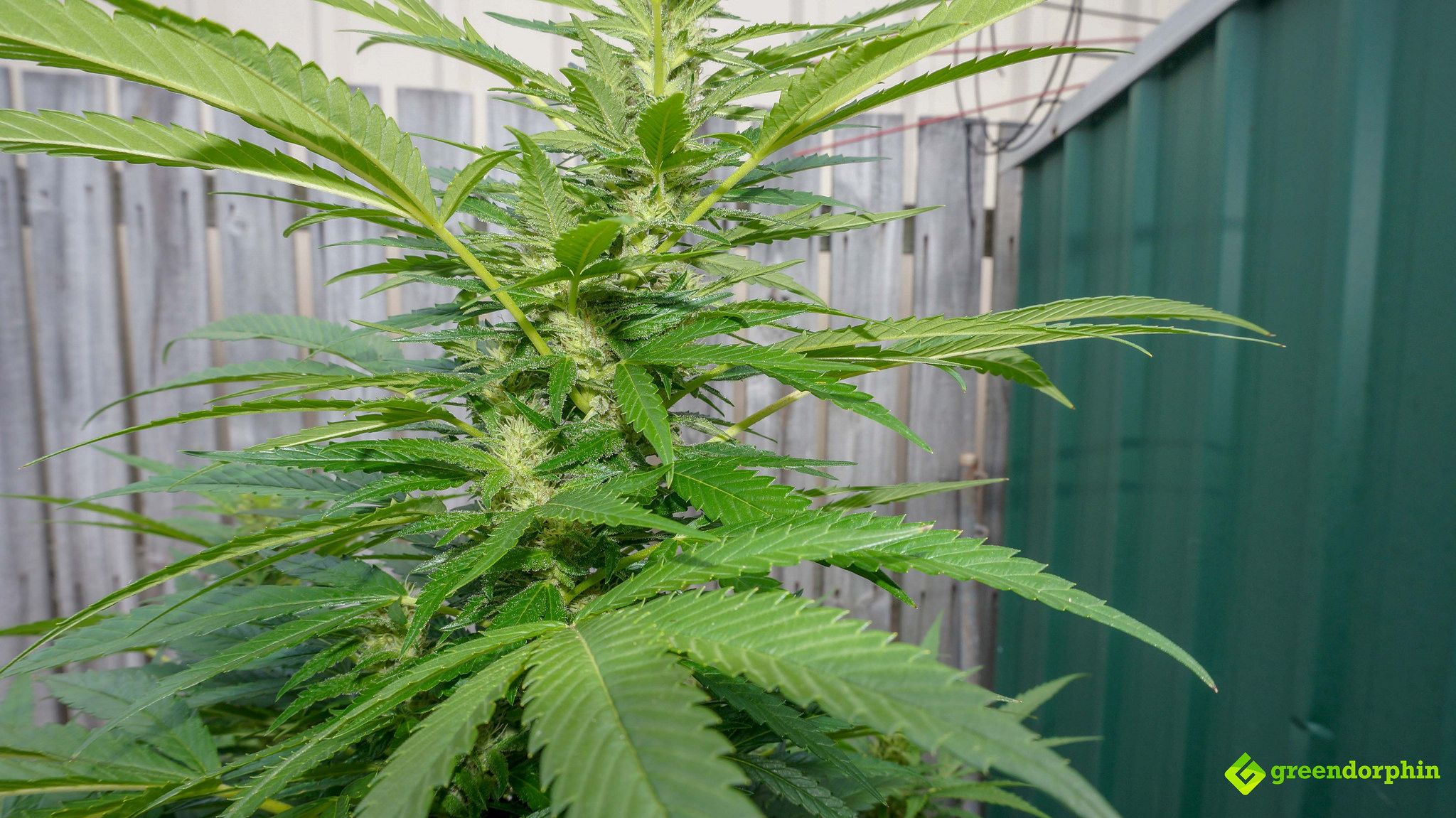
Flowering Stage
During the flowering stage, the anatomy of the cannabis plant shifts entirely, and it starts to produce the stinky flower we all know and love!
Two types of leaf are evident at this stage of the growth cycle: water leaves and fan leaves. The huge leaves shown above are fan leaves
The water leaves are a little lighter in color and will protrude from around the buds to aid in further flower development.

When the cannabis plant starts to near the end of its life-cycle, the flowers become a lot denser and begin to produce resin.
This resin, stored in glands known as trichomes, contains all of the pivotal cannabinoids and terpenes that give the cannabis bud its flavor and effect.
The plant shown above is an Indica-dominant variety that has fat, semi-stretched buds, and large fat fan leaves. These bud branches are referred to as ‘colas’ or ‘foxtails’ and carry the majority of the cannabis flowers.

Most cannabis growers are interested in high-yield, high-quality varieties of cannabis that produce large buds.
The biggest problem facing growers in warmer climates is mold, which is especially prevalent among these high-yield varieties.
Training and stress-testing is a great way to get the most out of your cannabis plant, as the anatomy of the plant changes yet again to allow more light and air in between the branches – a great preventative for mold!
As you can see by looking at the two plants above, ‘topping’ or splitting your bud branches in the vegetative stage helps the plant to grow a number of flower-rich branches, as opposed to the unhealthy plant on the left which had only two colas.
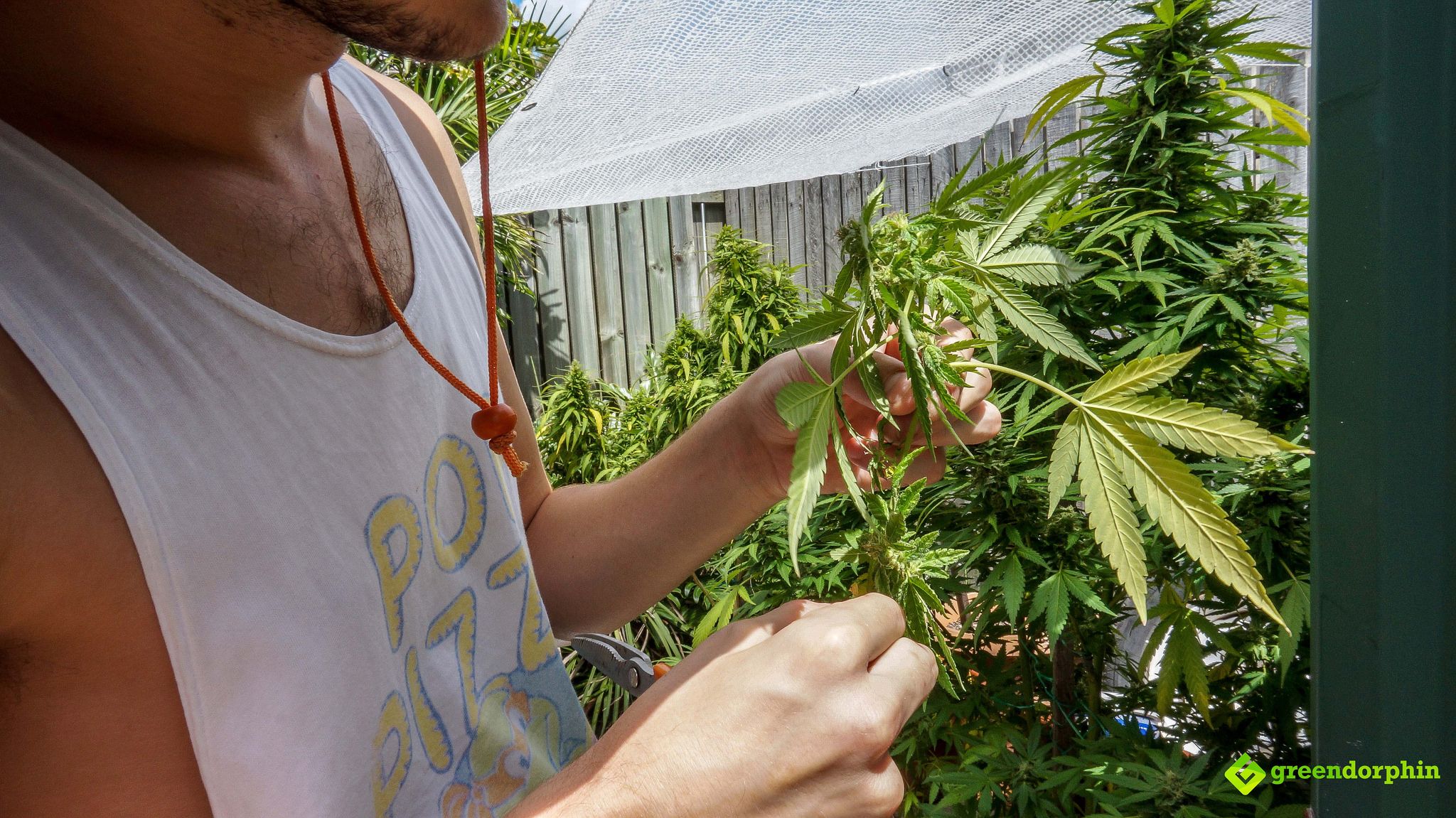
Late Flower/Harvest Stage
Cannabis plants start to exude strong smells at this stage due to the development of the trichomes, or resin glands.
The acid cannabinoids and terpenes begin to turn from white to amber, meaning that they are basically ready to be consumed.
Removing the larger fan leaves off the plant will help with the drying process, these can be saved for butter later down the line.
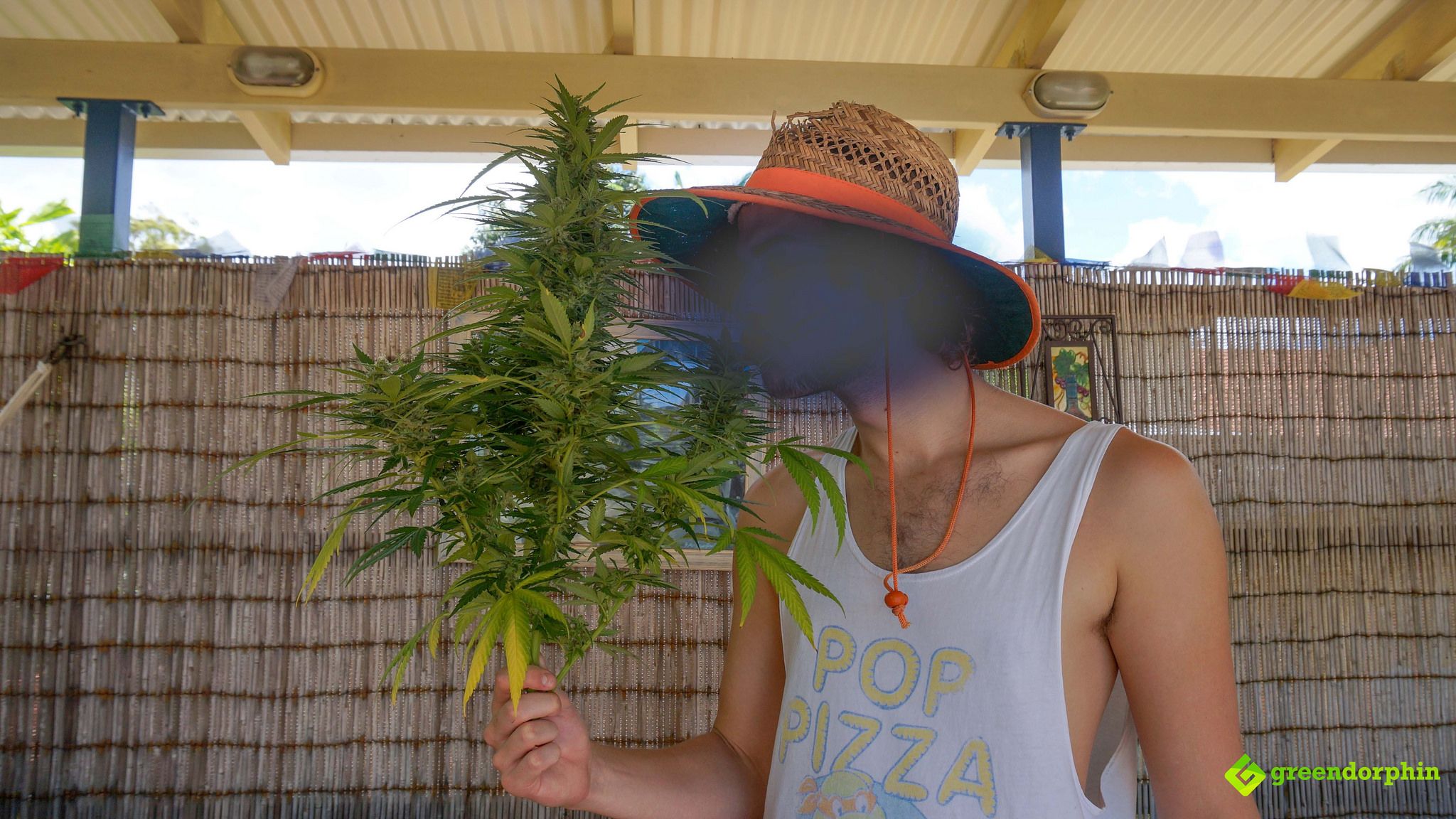
Harvesting colas and foxtails is always a good time, there’s nothing more satisfying than pulling a huge bud off a plant that you’ve grown yourself.
There are so many different ways to dry and cure your plant at this stage, but I recommend hang drying the whole plant (feel free to snip fan leaves) upside down for three to four days in a cool, dry location.

After the harvest and curing stage, you’re left with beautiful buds that exude a slightly different aroma to when they were on the plant. This is a result of the resin maturation, but curing will help to keep most of those smells intact.
The anatomy of the cannabis plant is something of wonder; a super strong plant that delivers flowers that are rich in medical value. What a dream!
Keep an eye out for more of our Growing with Greendorphin articles for the hottest pot gardening tips around.
- Dr John Teh & PlantMed Medicinal Cannabis Clinic: Greendorphin News Podcast #1 - February 7, 2019
- Anatomy of the Cannabis Plant: Grow with Greendorphin - December 6, 2018
- High Hemp Organic Wraps Review CBD+ [VIDEO] - November 26, 2018

